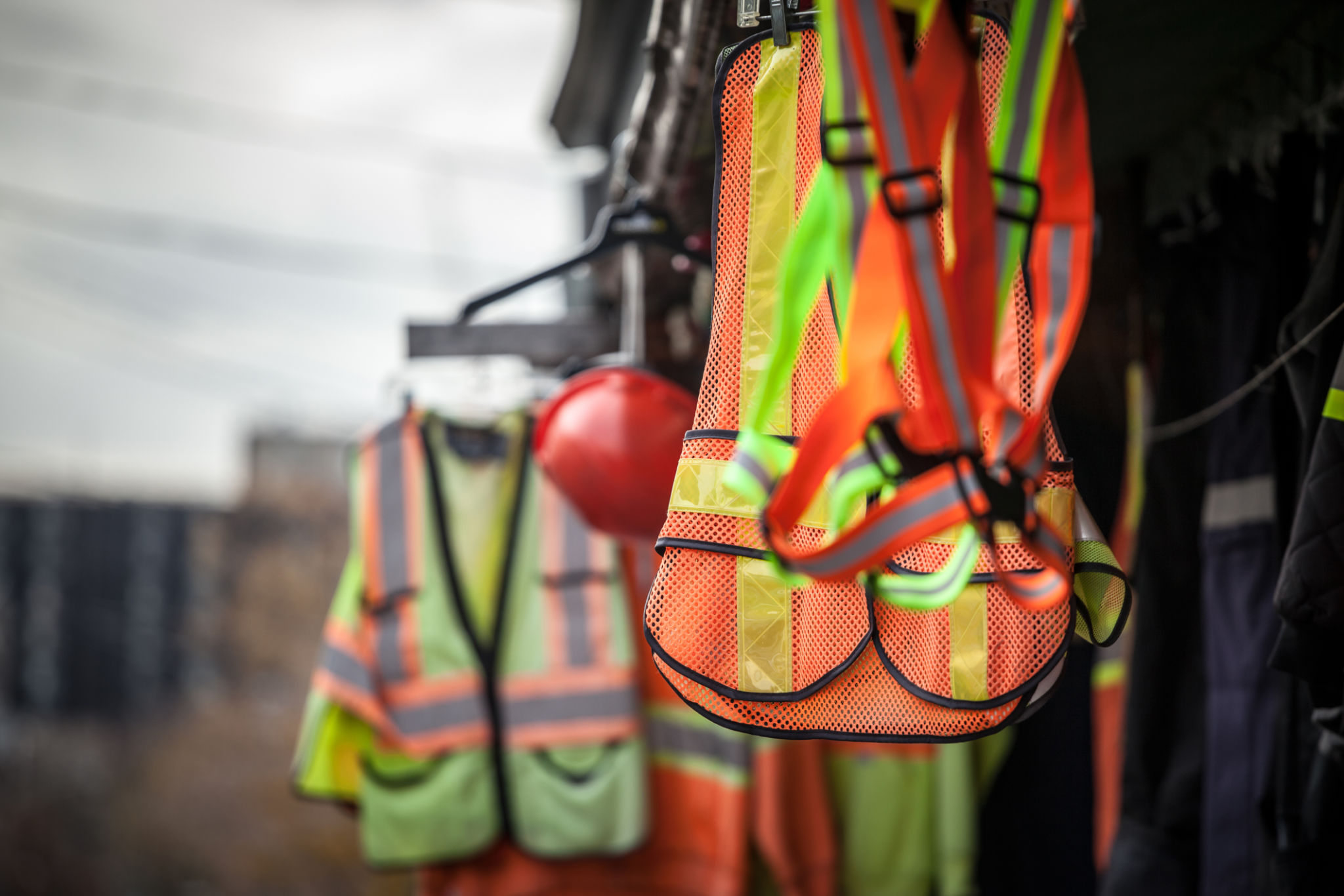Comprehensive Guide to Temporary Scaffolds in SA: What You Need to Know
Understanding Temporary Scaffolds
Temporary scaffolds are essential structures used in construction and maintenance to provide workers with safe access to elevated areas. In South Africa, these structures are governed by strict safety regulations to ensure the well-being of workers and the integrity of the worksite. Understanding the various types of scaffolds, their uses, and safety requirements is crucial for anyone involved in construction projects.

Types of Temporary Scaffolds
There are several types of temporary scaffolds used in South Africa, each suited for different tasks and environments. The most common types include:
- Supported Scaffolds: These are built from the ground up and are ideal for tasks that require a stable and sturdy platform.
- Suspended Scaffolds: These are hung from above using ropes or other non-rigid means, perfect for work on tall buildings.
- Rolling Scaffolds: These mobile units are equipped with wheels, allowing for easy movement across a site.
Regulations and Safety Standards
In South Africa, the Department of Labour enforces strict regulations to ensure scaffold safety. These regulations cover everything from the materials used to build the scaffold to the training required for those who erect and dismantle them. Adherence to these standards is not only mandatory but also vital for preventing accidents and injuries on site.

Key Safety Measures
Implementing robust safety measures is paramount when using temporary scaffolds. Some essential safety practices include:
- Regularly inspecting scaffolds for any signs of damage or wear.
- Ensuring that all workers have received proper training on scaffold use.
- Maintaining a clear and obstacle-free work environment around the scaffold.
The Role of Training and Certification
Proper training is a cornerstone of scaffold safety. In South Africa, workers must be certified to erect, alter, or dismantle scaffolding. Certification courses cover critical topics such as scaffold design, load capacity, and emergency procedures. Investing in adequate training not only enhances safety but also improves overall project efficiency.

Choosing the Right Scaffold Provider
Selecting a reliable scaffold provider is crucial for any construction project. When evaluating potential suppliers, consider factors such as their compliance with safety standards, the quality of their equipment, and their reputation in the industry. A reputable provider will offer both high-quality scaffolds and expert advice tailored to your specific project needs.
The Benefits of Using Temporary Scaffolds
Temporary scaffolds offer numerous benefits beyond safety. They provide easy access to hard-to-reach areas, increase productivity by facilitating efficient workflow, and offer flexibility in design to accommodate various project requirements. Moreover, they can be quickly assembled and dismantled, making them a cost-effective solution for short-term projects.
Conclusion
Temporary scaffolds play an integral role in the construction industry in South Africa. By understanding the different types of scaffolds, adhering to safety regulations, and ensuring proper training, construction professionals can significantly enhance both safety and efficiency on site. Whether you're working on a small renovation or a large-scale construction project, temporary scaffolds offer a versatile and reliable solution.
